Sea otters, often referred to as the “guardians of the kelp forests,” are some of the most extraordinary marine mammals. Their lively spirit, sharp intellect, and distinctive traits genuinely set them apart in the realm of wildlife. These tiny yet powerful beings have captivated the attention of scientists and nature lovers alike for centuries.
With their dense fur providing insulation in frigid waters and their remarkable tool-using abilities for hunting, sea otters showcase extraordinary survival skills. In this article, we will delve into captivating insights about sea otters, highlighting their distinctive behaviors, ecological significance, and the vital conservation initiatives required to safeguard their future.
Related Read: 15 Fascinating Facts About Beluga Whales
1. Distinctive Fur Coat
Sea otters have the thickest fur of any animal, with up to a million hairs per square inch. Unlike other marine animals, which rely on blubber for warmth, sea otters rely solely on their thick fur to trap air and protect their bodies from the chilly ocean temperatures.
Baby sea otter pups are born with an extra fluffy coat that allows them to float on water. Otters spend hours every day grooming their fur to make it waterproof and insulating. Without regular grooming, their fur loses its capacity to trap air, leaving them vulnerable to the cold.
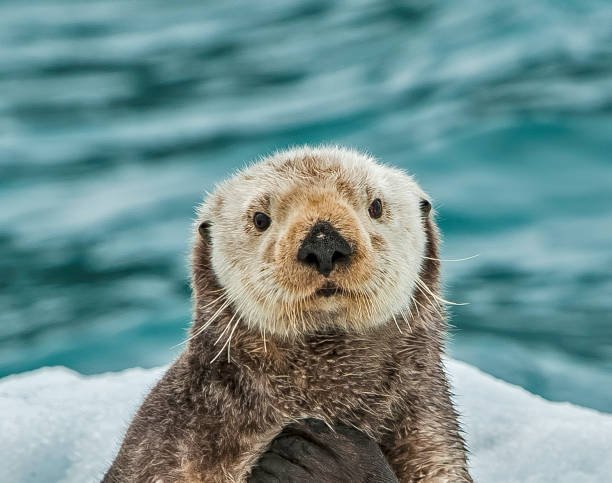
2. Masters of Tool Use
Did you know that sea otters are one of the rare animals that actually use tools to hunt and enjoy their meals? Pretty fascinating. They’re famous for using rocks and other complicated stuff to break open the tough shells of clams, mussels, and sea urchins. This interesting behavior really highlights how smart they are and how well they can solve problems.
Did you know that otters have this cute habit of carrying their favorite rock in a little pouch under their forearm? They keep it close by for when they’re ready to eat! They turn their chest into a natural dining table, floating on their backs and expertly cracking open shells. They’ve got this fantastic knack that really sets them apart as some of the most clever marine mammals out there in the ocean.
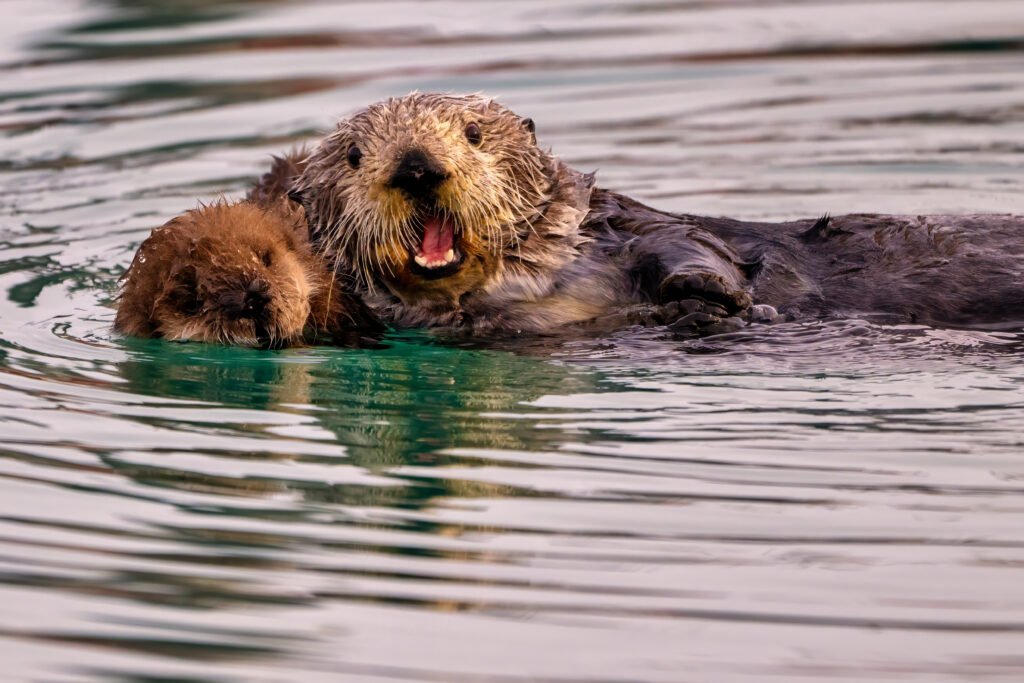
Source: wirestock
3. Highly Social Animals
Being gregarious animals, sea otters congregate in tight-knit communities known as rafts. Hundreds of otters floating in the ocean together or only a few individuals might make up these rafts. Otters sleep with their hands clasped together to keep from drifting apart with the currents.
With frequent grooming and cradling them on their chests, mothers and pups have a close attachment. Along with establishing their social relationships and enhancing their survival skills, sea otters also play by chasing each other and diving in and out of the water.
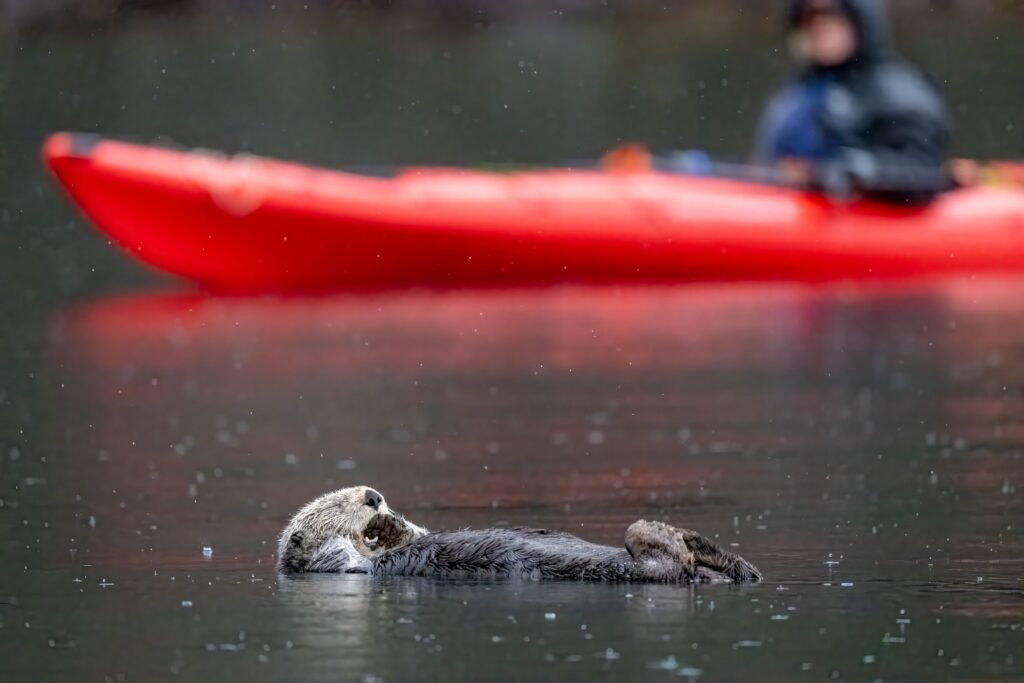
Source: wirestock
4. Adapted for Marine Life
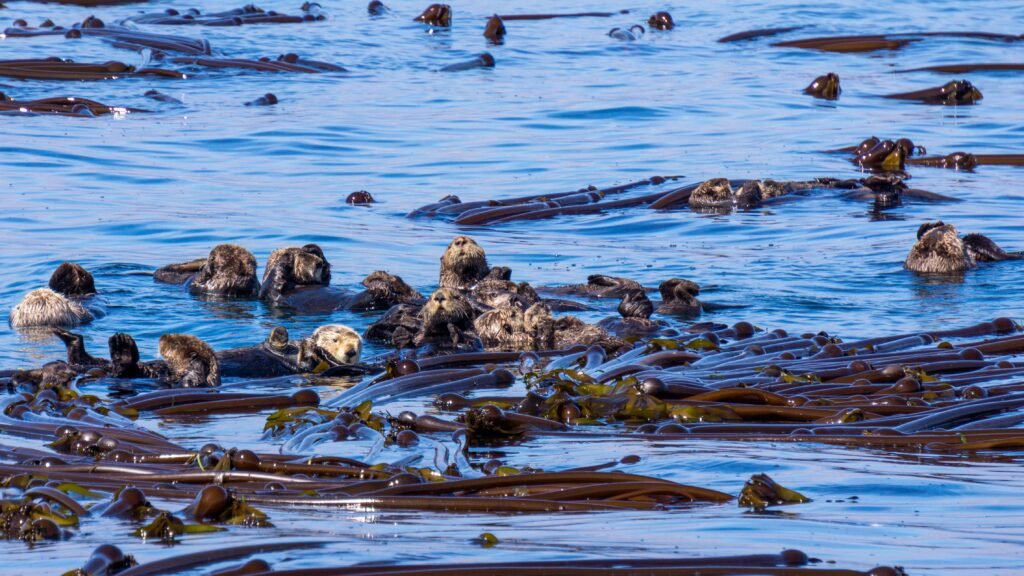
Source: wirestock
Sea otters are admirably adapted to ocean life. They spend most of their time floating or diving for food. Their webbed feet allow them to swim more effectively, while their muscular tails help them navigate through the water.
Unlike many other marine creatures, sea otters may cover their ears and noses while diving to keep water out. Their dense fur provides insulation, and their nimble bodies allow them to twist and flip with ease as they navigate their aquatic home.
5. Relationship with Kelp Forests
Sea otters are critical to the health of kelp forests, which provide habitat for a variety of marine organisms. Otters graze on sea urchins, preventing these prickly organisms from overgrazing and ruining kelp.
Without sea otters, sea urchin populations can skyrocket, destroying kelp forests and reducing marine biodiversity. As a keystone species, sea otters help to balance the environment, ensuring that kelp forests thrive and support a diverse range of aquatic organisms.
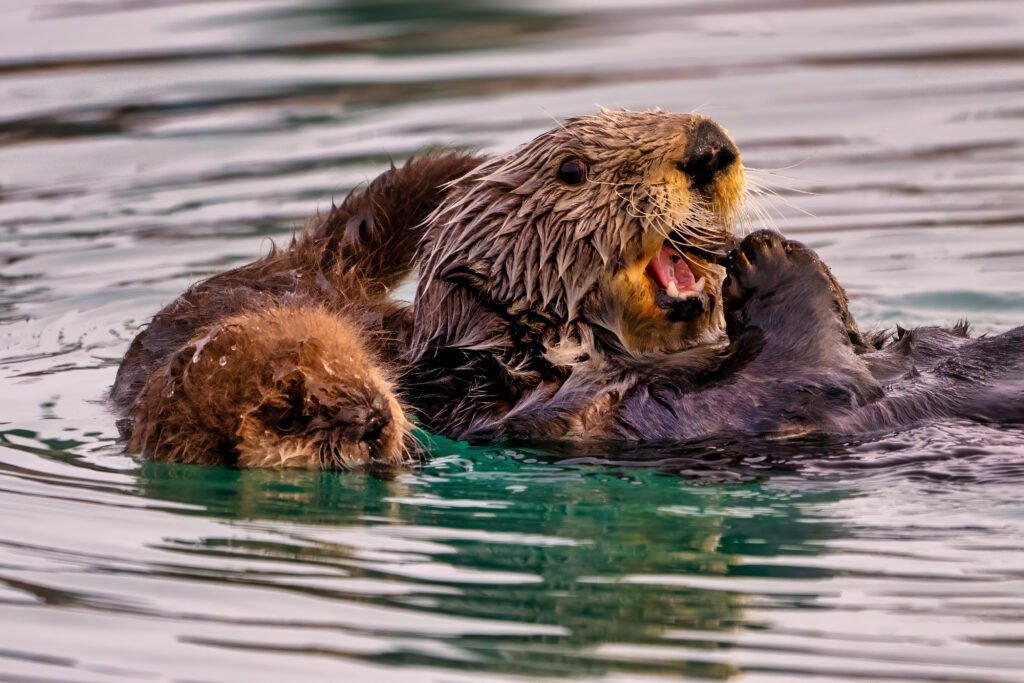
Source: wirestock
6. Excellent Diving Skills
Despite their small size, sea otters are exceptional divers, capable of reaching depths of 330 feet (100 meters) in quest of prey. They use their delicate whiskers to identify prey hiding on the dark ocean floor.
Sea otters can dive for several minutes while holding their breath, utilizing their powerful front paws to dig for shellfish and reveal buried crustaceans. Their ability to navigate deep waters qualifies them as expert hunters, ensuring they have enough food to fuel their high-energy lifestyles.
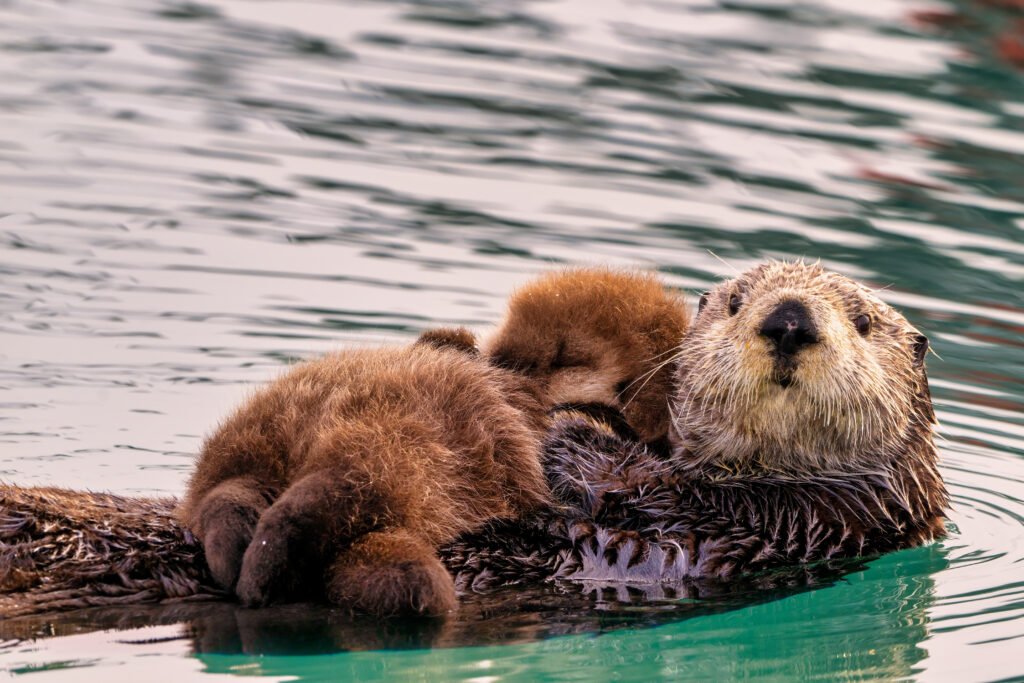
Source: wirestock
7. No Blubber, Just Fur
Whales and seals have fat that keeps them warm, but sea otters don’t. Instead, they depend on their thick fur, which keeps heat in and traps air. Otters groom their fur for hours every day to keep it clean and fluffy so that it keeps keeping them warm and dry.
Otters can get cold if their fur gets dirty or oily because it loses its ability to keep them warm. Because of this, oil spills are hazardous for sea otters because they hurt their fur, which keeps them warm and can even kill them.
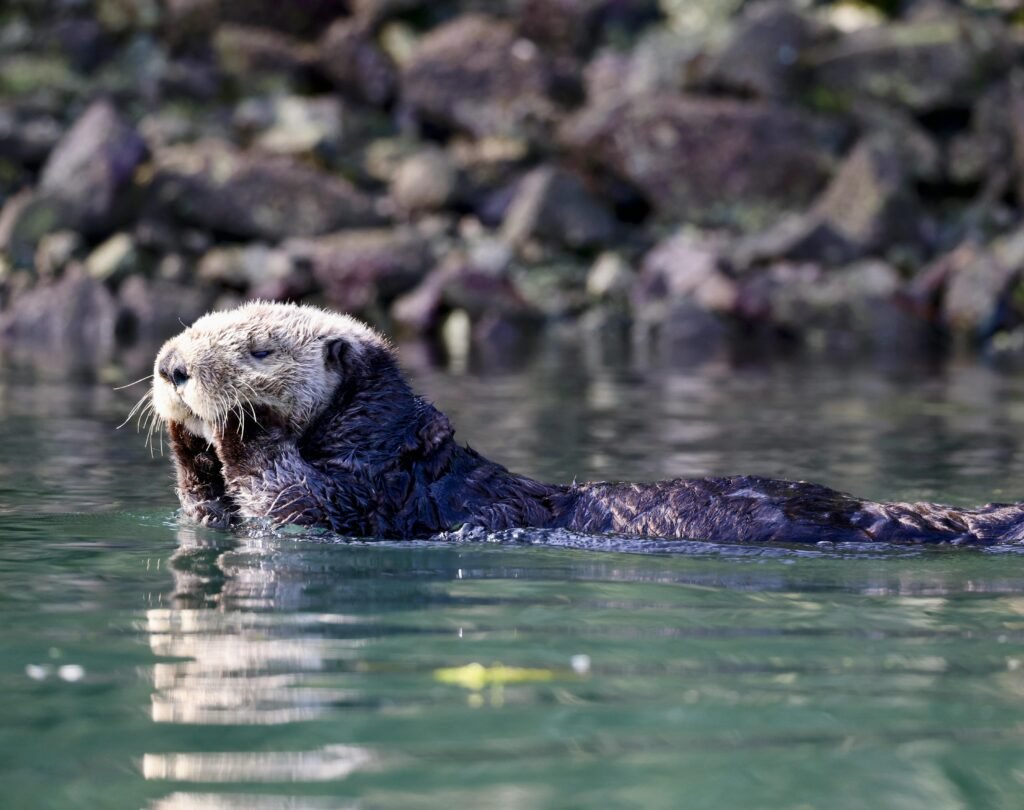
Source: Pexels
8. Efficient Hunters
Sea otters are expert predators that get enough food every day—up to 25% of their total weight—to keep going strong. They use their muscular paws and sharp teeth to hunt marine creatures such as crabs, clams, fish, and urchins.
They can detect motion in the water using a sensitivity that is comparable to echolocation, which helps them find food even in low-light conditions. They are among the best underwater hunters because of their remarkable tool skills and ability to solve complex problems.
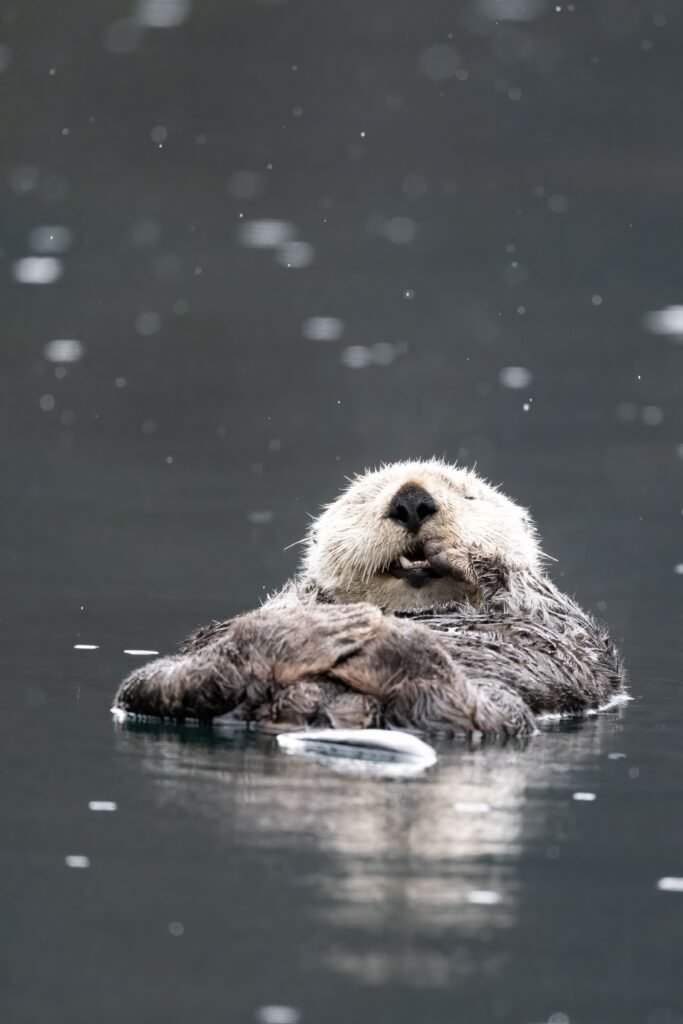
Source: wirestock
9. Thick Fat Reserves for Survival
Unlike many other marine mammals, sea otters don’t rely on blubber to stay warm. Instead, they regulate their body temperature by eating a lot of food and using their dense hair as insulation. Their high metabolism generates body heat, which allows them to survive in frigid ocean conditions.
To sustain their energy levels, sea otters must ingest up to 9,000 calories every day, which accounts for about a fifth of their body weight. This high food intake ensures that they have enough stored fat to sustain themselves, especially during the colder months when food may be scarce.
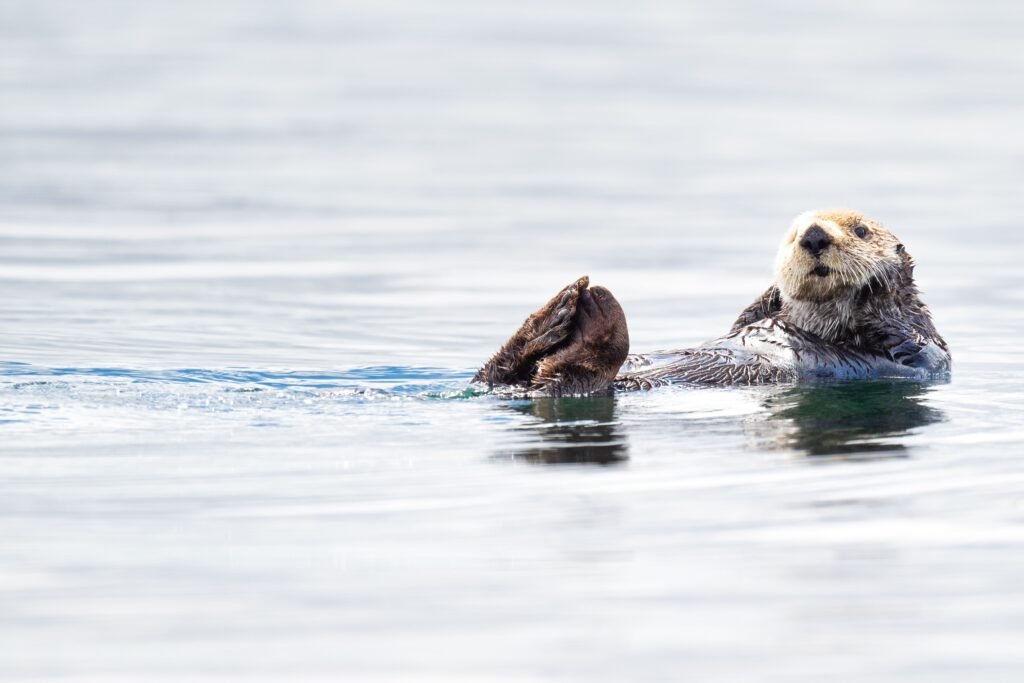
Source: wirestock
10. Sea Otters in Captivity
Aquariums and marine rescue centers have housed sea otters for rehabilitation and conservation. These centers treat rescued otters before releasing them back into nature, which is especially important for injured, sick, or orphaned otters.
There is debate over whether or not otters should be kept in captivity. Some do better in sheltered areas, while others can’t survive without the open sea. Conservationists stress the significance of protecting otters’ natural habitats so that they can maintain their natural lifestyle and thrive.
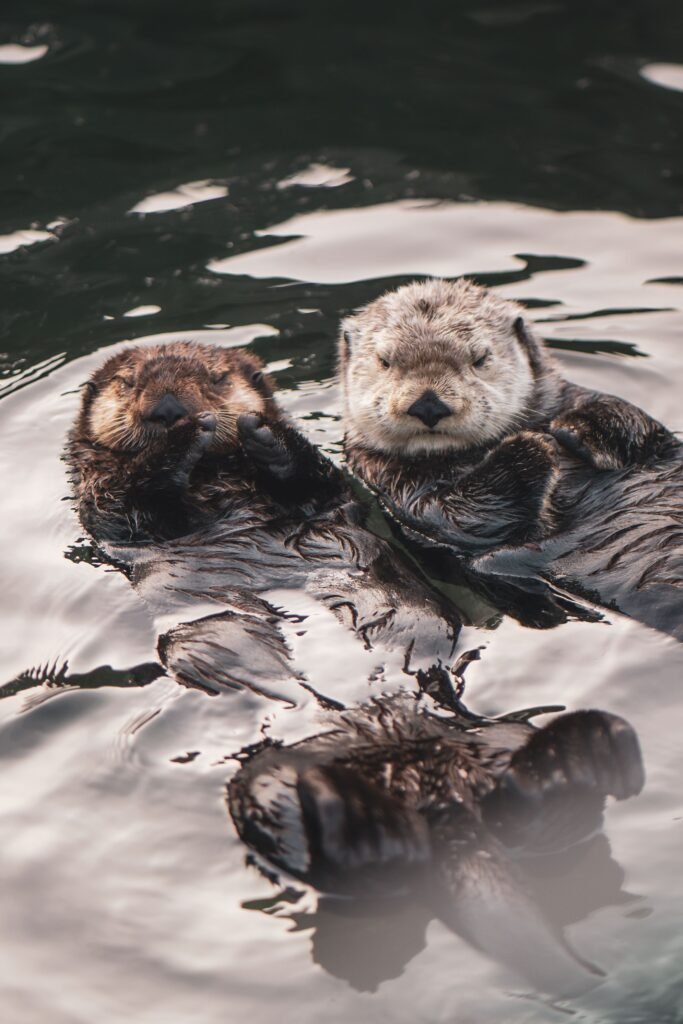
Source: wirestock
11. Playful and Curious Nature
People like sea otters because they are playful and interested. They play games like running, diving, and throwing things, and they often do funny things with each other and their surroundings. Their playful behavior isn’t just for fun; it helps them learn survival skills like how to hunt and get along with others.
They look nice and cute because their faces are expressive, and they have big eyes and round features. Sea otters are naturally interested in people, and you can sometimes see them watching boats or splashing around in the water near dives.
12. Long Lifespan
In the wild, sea otters can live up to 20 years, and in captivity, they can live even longer. However, predation, food availability, and environmental hazards like pollution and climate change are some of the elements that affect their survival.
Because older otters eat hard-shelled food, they frequently exhibit tooth wear. Despite these difficulties, sea otters continue to be incredibly adaptive, demonstrating their adaptability to the constantly shifting maritime environment.
13. Cultural and Historical Significance
For generations, sea otters have been an integral part of Indigenous peoples’ cultural practices along the coast. Otters have long been significant to the Aleut, Haida, and Tlingit peoples of the Pacific Northwest for several reasons, including their fur, food, and spiritual importance.
The otters of the sea were almost wiped off in the 18th and 19th centuries due to the excessive hunting of their fur. This somber period emphasizes the importance of ongoing conservation initiatives to safeguard these legendary aquatic creatures.
14. Conservation Status
Sea otters are classified as a “threatened species,” with populations still recovering from previous overhunting. Although conservation efforts have helped to restore some populations, they are still vulnerable to oil spills, climate change, and habitat loss.
Protected areas and wildlife reserves have been developed to assist sea otters thrive, but human activity continues to pose threats. Conservation groups labor ceaselessly to track their populations and maintain the sensitive landscapes in which they dwell.
15. Guardians of the Ocean
Sea otters are essential “guardians of the ocean” in maintaining marine ecological balance. Controlling sea urchin numbers helps to minimize overgrazing of kelp forests, which serve as a nursery for a variety of aquatic organisms.
Their presence supports the entire ocean food chain, making them an essential aspect of the underwater ecosystem. Protecting sea otters not only assures their existence but also contributes to the health of the ocean and all of the organisms that rely on it.
Final Thought: Why We Must Protect These Ocean Wonders
Sea otters are truly remarkable marine creatures renowned for their intellect, playfulness, and ecological significance. From their thick fur coats that keep them warm to their tool-making abilities and role in maintaining healthy kelp forests, these critters continue to intrigue scientists and wildlife enthusiasts alike.
Despite environmental hazards, conservation initiatives are helping to conserve and rebuild sea otter populations. Understanding their value and supporting conservation projects will help to guarantee that these ocean guardians thrive for future generations.
FAQs
How many sea otters remain in the wild?
Currently, there are roughly 125,000 sea otters worldwide. However, their numbers are in peril.
What does a baby sea otter eat?
Baby sea otters rely heavily on their mother’s milk before moving on to solid foods such as mussels.
How long can sea otters live?
Sea otters typically live for 10 to 20 years in the wild.

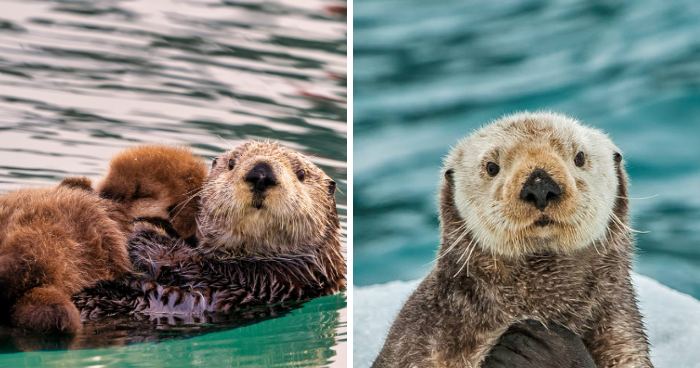
1 thought on “Fascinating Facts About Sea Otters”